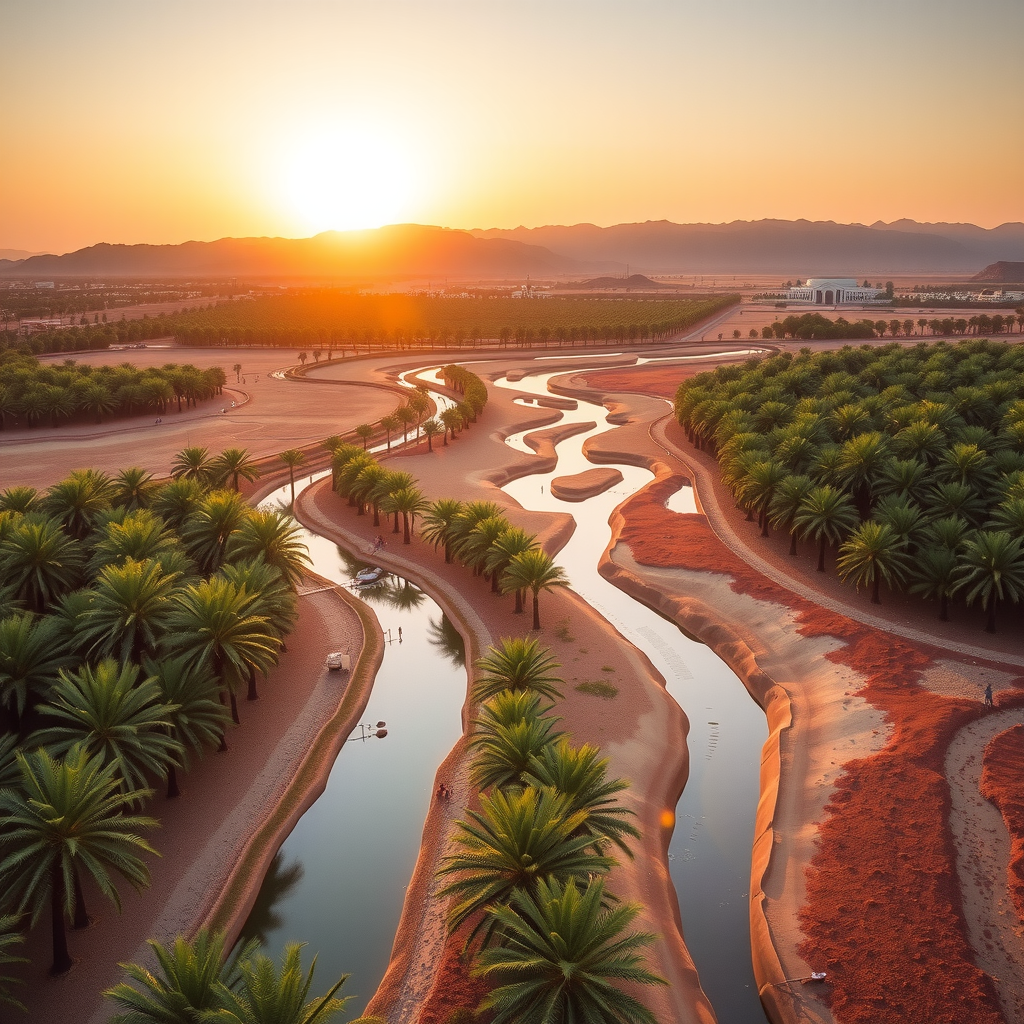
Al Ain, known as the "Garden City of the Gulf," offers a refreshing escape from Abu Dhabi's urban landscape. This ancient oasis city, birthplace of the UAE's founding father Sheikh Zayed, holds the distinction of being the country's first and only UNESCO World Heritage Site. With its 4,000-year history, ingenious water management systems, and remarkably preserved archaeological sites, Al Ain provides an unparalleled glimpse into Arabian Peninsula heritage.
This weekend itinerary is designed for travelers seeking an authentic cultural experience while maintaining comfort and convenience. Whether you're a history enthusiast, architecture lover, or simply curious about traditional Emirati life, this guide will help you maximize your two days exploring Al Ain's six UNESCO-listed components.
Getting to Al Ain from Abu Dhabi
The journey from Abu Dhabi to Al Ain is straightforward and scenic, taking approximately 90 minutes via the E30 highway. The well-maintained road cuts through the desert landscape, offering glimpses of the dramatic transformation as you approach the Hajar Mountains.
Driving Directions
- Take Sheikh Khalifa Highway (E30) heading east from Abu Dhabi
- Continue straight for approximately 140 kilometers
- Follow signs for Al Ain city center
- Total driving time: 1 hour 30 minutes (without traffic)
- Fuel stations available every 30-40 kilometers
Pro Tip: Start your journey early morning (around 7:00 AM) to avoid the desert heat and arrive in Al Ain with cooler temperatures for exploration. The drive is particularly beautiful at sunrise when the desert takes on golden hues.
Where to Stay: Accommodation Recommendations
Al Ain offers diverse accommodation options ranging from luxury resorts to comfortable mid-range hotels. For this itinerary, staying centrally located near the oasis and museums is ideal for minimizing travel time between sites.
Luxury Options
Al Ain Rotana - Located in the heart of the city, this five-star hotel offers spacious rooms, multiple dining options, and a stunning pool area. Its central location makes it perfect for accessing all UNESCO sites within 15-20 minutes. The hotel's breakfast buffet features both international and traditional Emirati dishes.
Danat Al Ain Resort - Nestled at the base of Jebel Hafeet, this resort provides a more secluded experience with mountain views. While slightly farther from the city center, it offers exceptional spa facilities and is ideal for those seeking relaxation after day trips.
Mid-Range Comfort
Ayla Hotel - A modern boutique hotel offering excellent value with contemporary rooms and a rooftop restaurant. Located near Al Ain Mall, it provides easy access to dining options and is within 10 minutes of the Al Ain Oasis.
Mercure Grand Jebel Hafeet - Positioned on the slopes of Jebel Hafeet, this hotel offers spectacular views and comfortable accommodations at reasonable rates. The location is particularly convenient for visiting Jebel Hafeet sites.
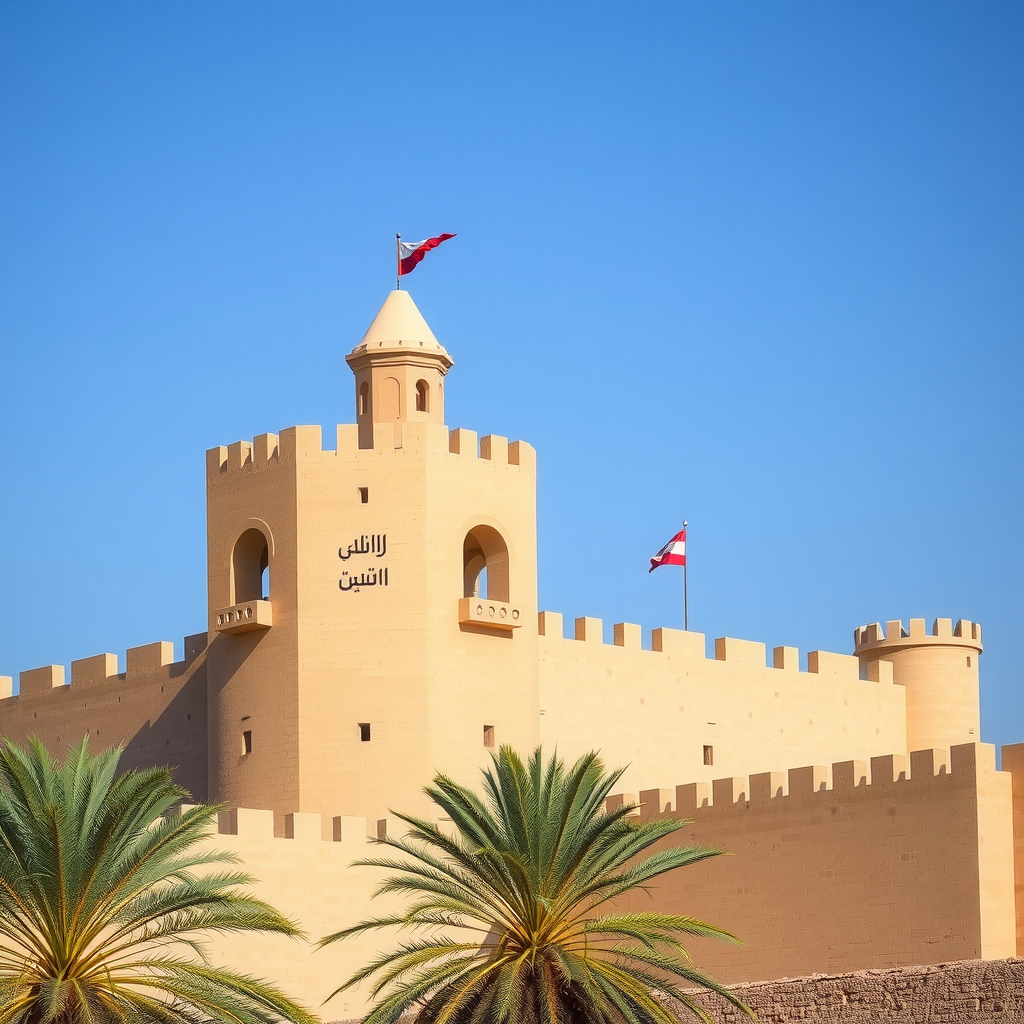
Day One: Ancient Settlements and Oasis Life
Begin your UNESCO journey at the Al Ain Oasis, a 3,000-acre date palm plantation that has sustained life in this region for millennia. This living cultural landscape showcases the traditional falaj irrigation system, recognized by UNESCO for its ingenious water management.
Walk along the shaded pathways beneath 147,000 date palms, following the ancient water channels that still function today. The Eco-Centre at the entrance provides excellent context about the falaj system and traditional agriculture. Early morning visits offer the coolest temperatures and the best light for photography.
Located adjacent to each other, these sites offer complementary perspectives on Al Ain's history. The National Museum houses archaeological finds from the region, including 4,000-year-old pottery and jewelry from the Umm an-Nar period. The exhibits are well-curated with English descriptions.
Al Jahili Fort, built in 1891, represents one of the UAE's largest and most impressive traditional fortifications. Recently restored, it features exhibitions about Sheikh Zayed's life and the British explorer Wilfred Thesiger's journeys through the Empty Quarter. The fort's architecture, with its distinctive square towers and decorative gypsum work, exemplifies traditional defensive structures.
Beating the Heat: Al Ain temperatures can exceed 45°C (113°F) in summer months. Carry plenty of water, wear light-colored clothing, and plan indoor activities during peak afternoon heat (1:00 PM - 4:00 PM). Most sites have air-conditioned visitor centers.
Recommended: Al Fanar Restaurant & Café - Experience authentic Emirati cuisine in a traditional setting. Try the machboos (spiced rice with meat), harees (wheat and meat porridge), or luqaimat (sweet dumplings). The restaurant's décor recreates a 1960s Emirati home, adding cultural context to your meal.
Alternative options include Min Zaman (Lebanese cuisine in heritage setting) or Al Mallah (casual Arabic street food).
This Bronze Age settlement dates back to 3000 BCE and represents one of the most significant archaeological sites in the Arabian Peninsula. The centerpiece is the Grand Tomb, a circular structure with intricate carvings of humans and animals, unique in Arabian archaeology.
The park's landscaped gardens provide pleasant walking paths connecting various excavated structures. Information boards explain the Umm an-Nar culture that flourished here, trading copper with Mesopotamia and the Indus Valley. The site offers insight into sophisticated ancient societies that thrived in this harsh environment.
End your first day at this beautifully restored fort, birthplace of Sheikh Khalifa bin Zayed Al Nahyan. The fort's exhibition "Zayed and the Nation" chronicles the founding father's early life and vision for the UAE. The golden hour light enhances the fort's ochre walls, creating perfect photography conditions.
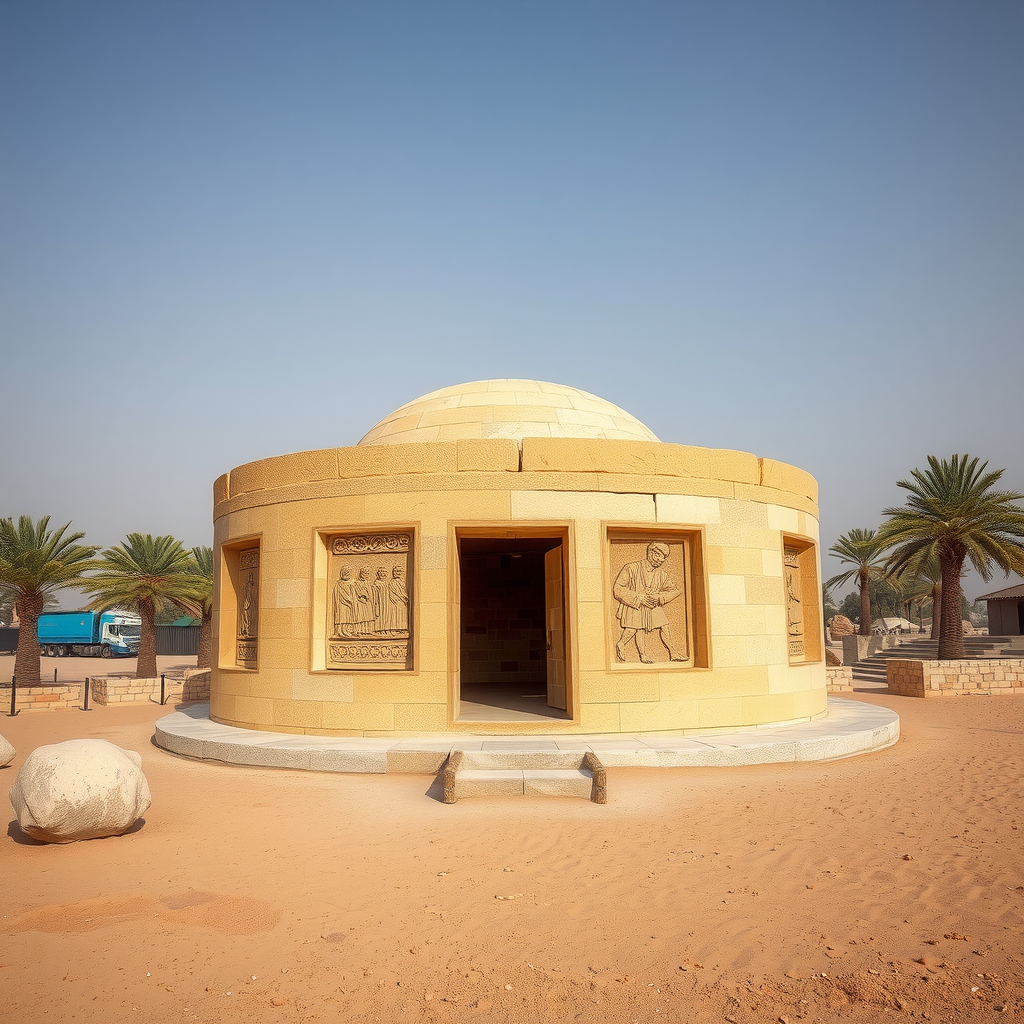
Day Two: Mountain Heritage and Archaeological Wonders
Start early for the spectacular drive up Jebel Hafeet, the UAE's second-highest peak at 1,240 meters. The 11.7-kilometer road features 60 turns and offers breathtaking views of Al Ain and the surrounding desert. This engineering marvel was voted one of the world's greatest driving roads.
At the summit, visit the observation deck for panoramic views stretching to Oman. The cooler mountain temperatures provide welcome relief, typically 10-15°C lower than the city. The sunrise view is particularly spectacular, with the desert awakening in shades of pink and gold.
Descend to explore the Jebel Hafeet Tombs, a collection of over 500 beehive-shaped burial structures dating to 3000 BCE. These tombs represent the earliest evidence of human settlement in the Al Ain region and are part of the UNESCO designation.
The tombs' strategic location on the mountain slopes demonstrates ancient peoples' understanding of the landscape. Archaeological excavations have revealed pottery, weapons, and jewelry, indicating trade connections across the Arabian Peninsula. A visitor center provides context about the Hafit period culture.
Dining Recommendations
Breakfast: Mercure Grand Jebel Hafeet's breakfast buffet offers stunning mountain views. Alternatively, grab pastries and Arabic coffee from Al Ain Bakery before your mountain drive.
Lunch: After descending, try Automatic Restaurant (traditional Emirati/Indian fusion) or Shakespeare and Co. (international menu in charming setting).
Dinner: Conclude your trip at Paco's Restaurant (Spanish tapas) or return to Abu Dhabi and dine at one of the capital's restaurants.
Take a leisurely lunch break at one of Al Ain's traditional restaurants. This is also an ideal time to rest in air-conditioned comfort before your final site visit.
Complete your UNESCO tour at Bida Bint Saud, a restored traditional village showcasing authentic Emirati architecture and daily life. The site includes residential buildings, a mosque, and agricultural areas, all connected by functioning falaj channels.
This living museum demonstrates how communities organized around water resources, with the falaj system distributing water according to traditional rights and schedules. Local guides (available on-site) provide fascinating insights into traditional water management and social structures.
Understanding the Falaj Irrigation System
The falaj (plural: aflaj) system is central to Al Ain's UNESCO designation and represents one of humanity's most ingenious water management solutions. Dating back over 3,000 years, these underground channels transport water from mountain aquifers to agricultural areas and settlements.
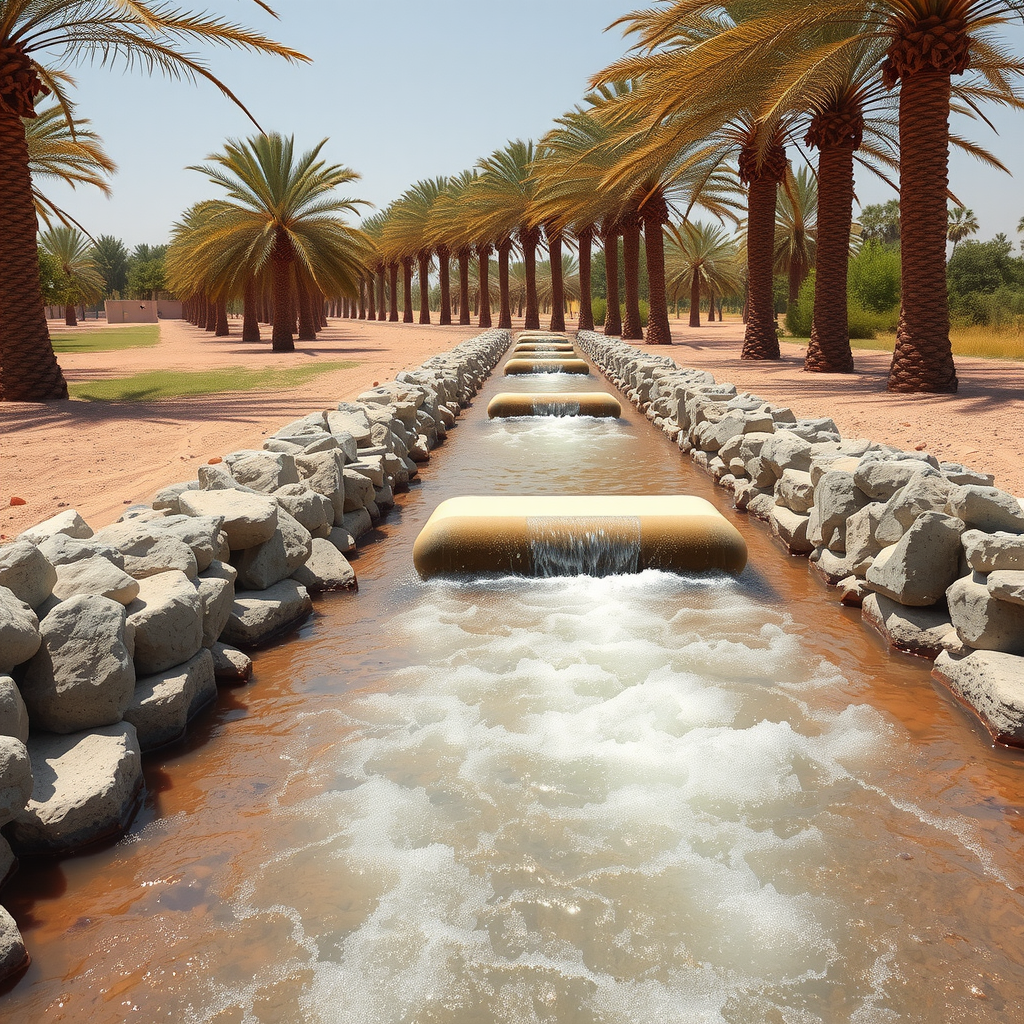
The system's brilliance lies in its sustainability and social organization. Water flows continuously, distributed according to time-based rights rather than volume. Each family or farm receives water for specific periods, ensuring equitable distribution. The underground channels minimize evaporation in the harsh desert climate, while the gentle gradient maintains consistent flow.
Al Ain's aflaj remain functional today, irrigating date palm groves and gardens as they have for millennia. The UNESCO recognition acknowledges both the engineering achievement and the social systems that sustained these communities. Observing the falaj in operation provides profound appreciation for ancient Arabian ingenuity.
Practical Tips for Your Visit
Best Time to Visit
The optimal period for visiting Al Ain is November through March, when temperatures range from 15-28°C (59-82°F). These months offer comfortable conditions for outdoor exploration. Summer visits (June-September) are possible but require careful planning around extreme heat, with temperatures often exceeding 45°C (113°F).
What to Bring
- Sun protection: high-SPF sunscreen, wide-brimmed hat, sunglasses
- Comfortable walking shoes with good support
- Light, breathable clothing covering shoulders and knees (respectful dress)
- Refillable water bottle (2-liter capacity recommended)
- Camera with extra batteries (limited charging opportunities at sites)
- Light jacket for air-conditioned spaces and mountain visits
- Cash for small purchases (many sites accept cards, but local vendors prefer cash)
Entry Fees and Opening Hours
Most UNESCO sites in Al Ain have modest entry fees (typically 3-5 AED per person), with some offering free admission. Opening hours generally run from 8:00 AM to 7:00 PM, though specific sites may vary. The Al Ain Oasis is free to enter and accessible during daylight hours. Museums typically close on Mondays.
Photography Tip: The best light for photography occurs during golden hours (6:00-8:00 AM and 5:00-7:00 PM). The harsh midday sun creates strong shadows and washed-out colors. For the falaj channels, morning light filtering through palm fronds creates magical effects.
Cultural Considerations
While Al Ain is more relaxed than some UAE cities, respectful dress and behavior are appreciated. Cover shoulders and knees when visiting heritage sites and museums. Photography is generally permitted, but ask permission before photographing people. During prayer times, be mindful of noise levels near mosques.
Language and Communication
English is widely spoken at tourist sites, hotels, and restaurants. However, learning a few Arabic phrases enhances interactions: "Marhaba" (hello), "Shukran" (thank you), and "Min fadlak" (please) are appreciated. Site information boards are typically bilingual (Arabic and English).
Extending Your Stay
If you have additional time, Al Ain offers numerous attractions beyond the UNESCO sites. The Al Ain Zoo houses endangered Arabian species in naturalistic habitats. Wadi Adventure provides water sports and activities. The Al Ain Camel Market offers authentic cultural immersion (best visited early morning). Green Mubazzarah, at Jebel Hafeet's base, features natural hot springs and picnic areas.
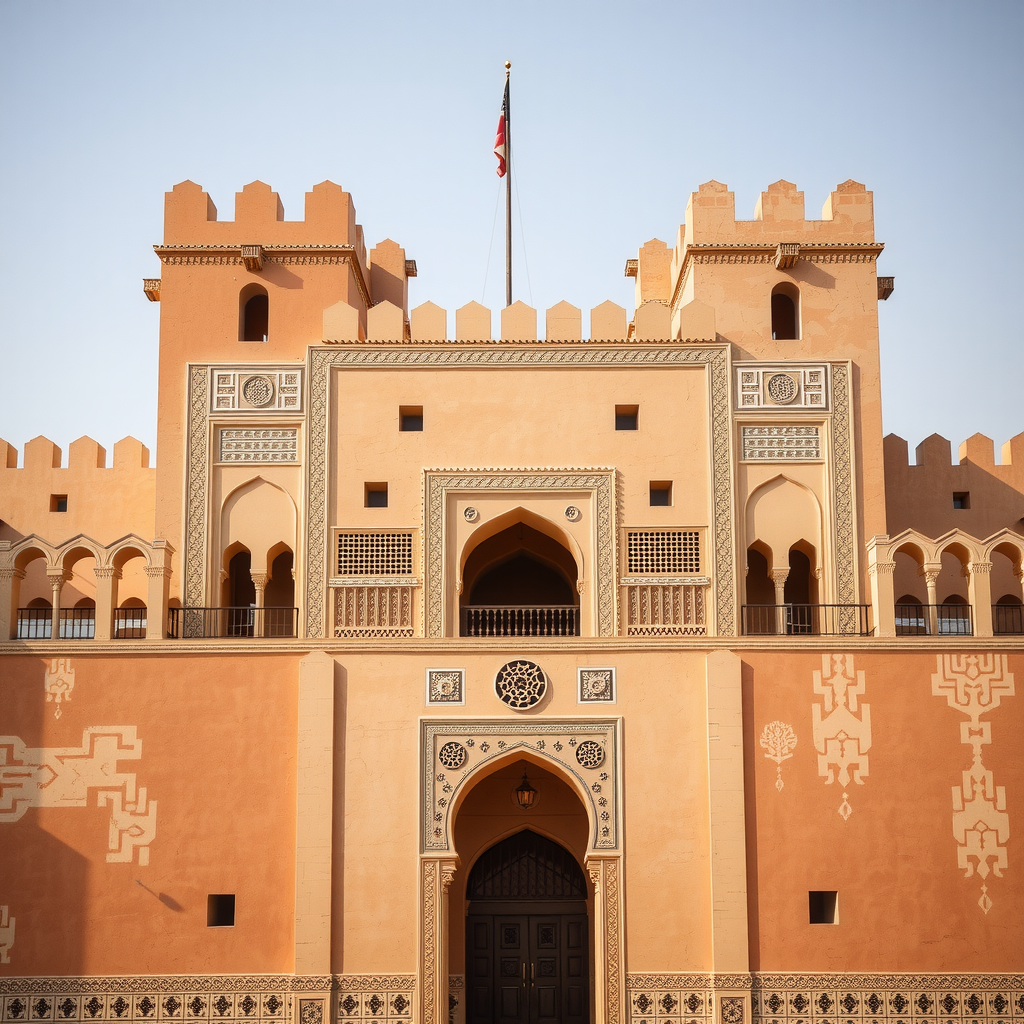
Connecting to Abu Dhabi's Heritage
Your Al Ain experience complements Abu Dhabi's cultural offerings beautifully. The capital's Qasr Al Watan presidential palace showcases contemporary Emirati architecture while honoring traditional design principles. The palace's exhibitions on Arabian knowledge and governance provide context for understanding the region's intellectual heritage, connecting ancient Al Ain to modern UAE achievements.
Consider visiting Qasr Al Watan before or after your Al Ain trip to appreciate the continuum of Emirati culture from ancient settlements to contemporary nation-building. The palace's evening light show and library collections offer different perspectives on Arabian heritage.
Final Thoughts
Al Ain's UNESCO World Heritage Sites offer an unparalleled journey through Arabian history, from Bronze Age settlements to sophisticated irrigation systems that sustained desert civilizations. This weekend itinerary balances historical exploration with practical comfort, allowing you to experience the depth of Emirati heritage while enjoying modern amenities.
The city's significance extends beyond its ancient sites. As Sheikh Zayed's birthplace, Al Ain represents the roots of the modern UAE, where traditional values meet contemporary vision. Walking through the oasis, exploring ancient tombs, and understanding the falaj system provides profound appreciation for the ingenuity and resilience that characterize Arabian culture.
Whether you're a first-time visitor or returning to explore deeper, Al Ain rewards curiosity and respect for its heritage. The combination of well-preserved sites, excellent interpretation, and genuine hospitality makes this desert oasis an essential destination for anyone seeking to understand the UAE beyond its modern skylines.
Planning Your Next Visit: Al Ain's heritage sites deserve multiple visits to fully appreciate their significance. Consider returning during different seasons to experience the oasis in various stages of the date harvest or to explore the mountains when wildflowers bloom after winter rains. Each visit reveals new layers of this remarkable cultural landscape.